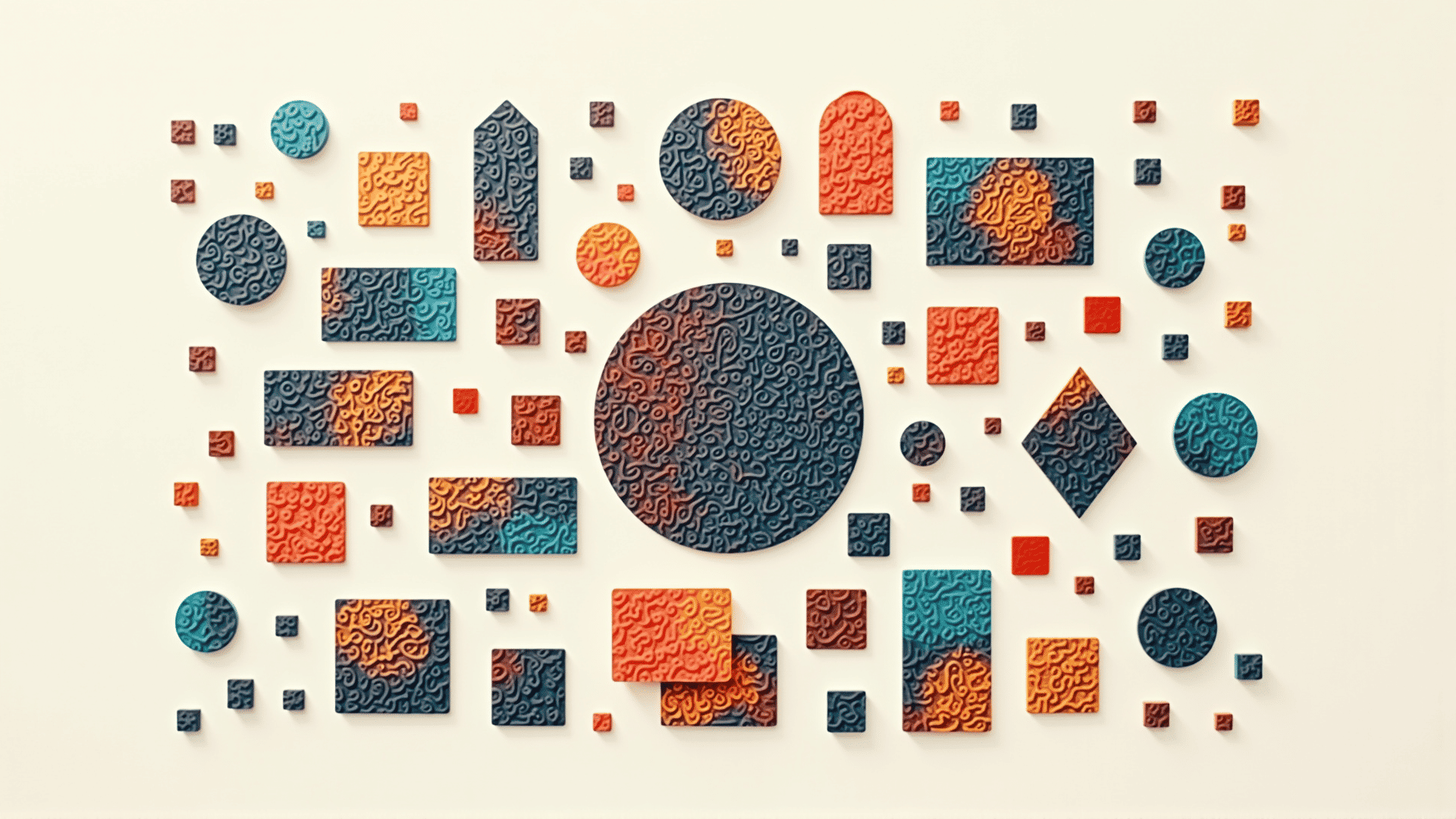Design is a multifaceted domain that lays the foundation for countless creative endeavors. At its core, it revolves around several essential elements that come together to form cohesive and impactful visual pieces. Understanding these elements is crucial for anyone looking to enhance their comprehension and practice of design, whether professionally or for personal enjoyment.
Lines: Lines are among the most basic components of design. They are used to create structure and direct the viewer's eye throughout a piece. Lines can convey a variety of emotions and intents; straight lines often suggest order and stability, while curved lines evoke movement and fluidity. By varying the thickness, color, and texture of lines, designers can produce a wide range of effects to reinforce their intended message.
Shapes: Shapes emerge when lines enclose an area. They can be geometric, like circles and squares, or organic, resembling more natural forms. Shapes serve to create patterns, suggest forms, and construct the skeletal framework on which more complex designs are built. In combination with other elements, shapes can portray themes ranging from modern simplicity to intricate elegance.
Color: Color is perhaps the most visually striking element in design. It can immediately alter the mood of a piece and influence the audience’s perceptions. The color wheel, with its primary, secondary, and tertiary hues, along with tints, tones, and shades, offers endless possibilities for creating depth and contrast. Mastering color theory enables designers to craft harmonious palettes that enhance their work’s overall impact.
Texture: Texture refers to the surface quality of an object, either actual or implied. In design, texture can evoke the sensation of how something might feel if it were to be touched. Smooth, rough, gritty, or glossy textures can add richness and dimension to a project, influencing how the audience interacts with the design on a sensory level.
Space: Space is the structured environment in which all other design elements interact. It encompasses two dimensions: positive space, which contains the design elements, and negative space, the empty areas around them. Proper use of space achieves balance, preventing designs from appearing cluttered while allowing key components to stand out.
Form: Form is a more complex element that arises when shapes take on a three-dimensional aspect. This can be achieved through shading, perspective, and the interplay of light and shadow, adding depth and realism to the design. Form brings flat creations to life, making them more relatable and engaging.
Typography: While not a traditional element like the others, typography plays an integral role in design. The stylistic arrangement of text affects readability, aesthetic appeal, and overall effectiveness. Choosing the right typeface and aligning it with other design aspects ensures that verbal content complements the visual narrative.
In conclusion, these elements of design are akin to language alphabets, essential for crafting visually articulate and meaningful works. A comprehensive understanding and skillful application of these components enable designers to create compelling stories that resonate with their audiences, transcending mere aesthetics to evoke deeper connections and responses.
